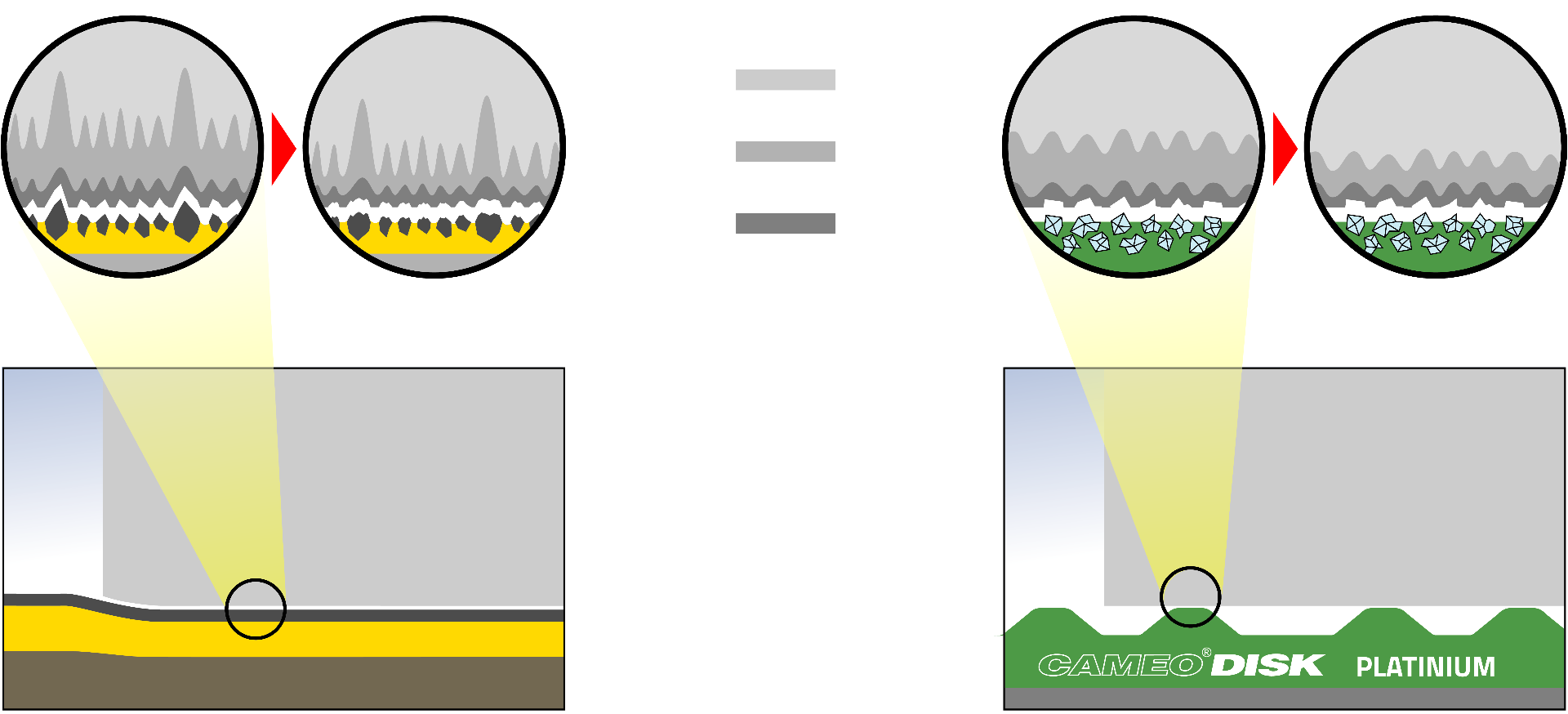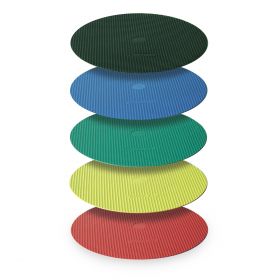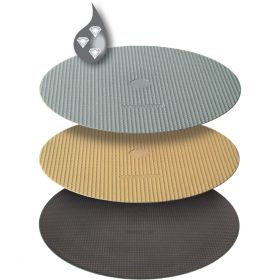For many laboratories, single-use Silicon Carbide (SiC) papers have become the norm when dealing with samples that require polishing and grinding. However, we are pleased to share with you an innovative product from Lam Plan - Cameo Grinding Discs. These are an excellent, reusable and viable alternative for SiC papers.
SiC papers are a great way to grind down a sample ready for polishing. However, due to microstructure changes and grain pulling during grinding1 these are, and presumably will always be, single-use. In addition to this, material deformation due to grain loss and economical machining techniques must also be considered2 if you are to find the optimum conditions for grinding.
Enter the CAMEO disc! Not only are these reusable, but they can also be supplied with or without diamond embedded within, meaning that whether you prefer to use diamond polishing compounds or simply to get your sample straight on the grinder you will find a CAMEO disc that is right for your application. The CAMEO discs have a patented honeycomb structure (figure 1) which reduces the contact patch, increases pressure on your sample, thereby reducing the pressure required from your polisher/grinder. The increased pressure on the sample also means that there is an increase in stock removal, which reduces the processing time and helps offer an extra cost saving.

Figure 1: Highlighting the honeycomb structure of the CAMEO disc (right) compared with a SiC paper (left)
The profile of the honeycomb cells was specially designed to optimise the circulation of the lubricant from one cavity to another (figure 2). Not only does this help to ensure the uniformity of lubrication, but it also ensures that abrasive residues are quickly and efficiently removed which will guarantee your sample receives a constant abrasive power. The honeycomb structure also reduces the consumption of diamond liquid, as it moves this from one cavity to another without pushing it off the edge of the disc.
Figure 2: Highlighting the circulation of lubricant through the honeycomb structure of the CAMEO disc.
Figure 1 (also shows the comparative sub-surface sample damage caused by Silicon carbide paper vs the Cameo disc, where the grains of the SiC paper impact more material under the sample’s surface.
Finally, the coalition of the honeycomb structure along with the metal backing of the Cameo disc means that there is no disc deformation compared with Silicon carbide paper and therefore there is no rounding of the sample’s edges and the inherent flatness is preserved.
Take a look at which Cameo Disc is best suited to your application.
For labs that are looking to reduce their single-use materials, the Cameo Disc is a great reusable and more environmentally friendly alternative to silicon carbide papers without compromising quality. Please see our product page or contact our sales team for more information.
References
1 ‘Role of microstructure on surface and subsurface damage of sintered silicon carbide during grinding and polishing’ – Jianqin Gao et al, 2010.
2 ‘Grinding characteristics, material removal and damage formation mechanisms in high removal rate grinding of silicon carbide’ – Sanjay Agarwal, P. Venkateswara, 2010.




